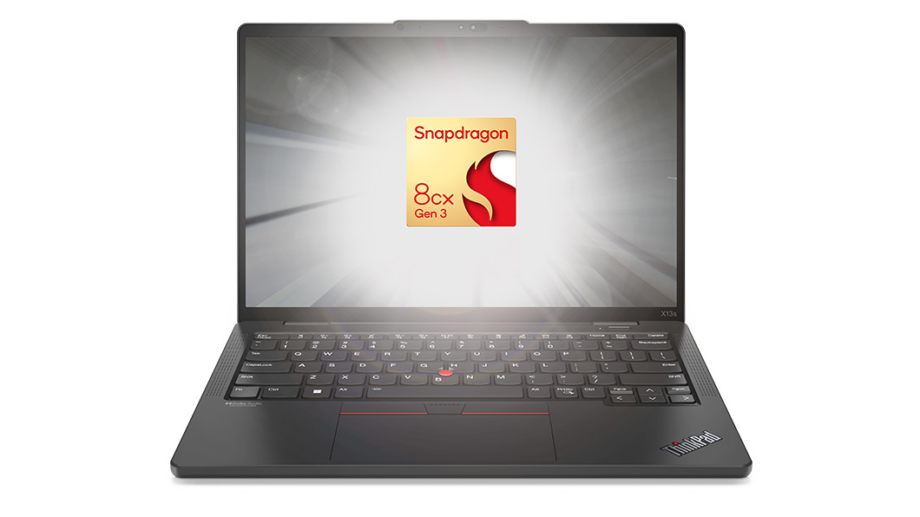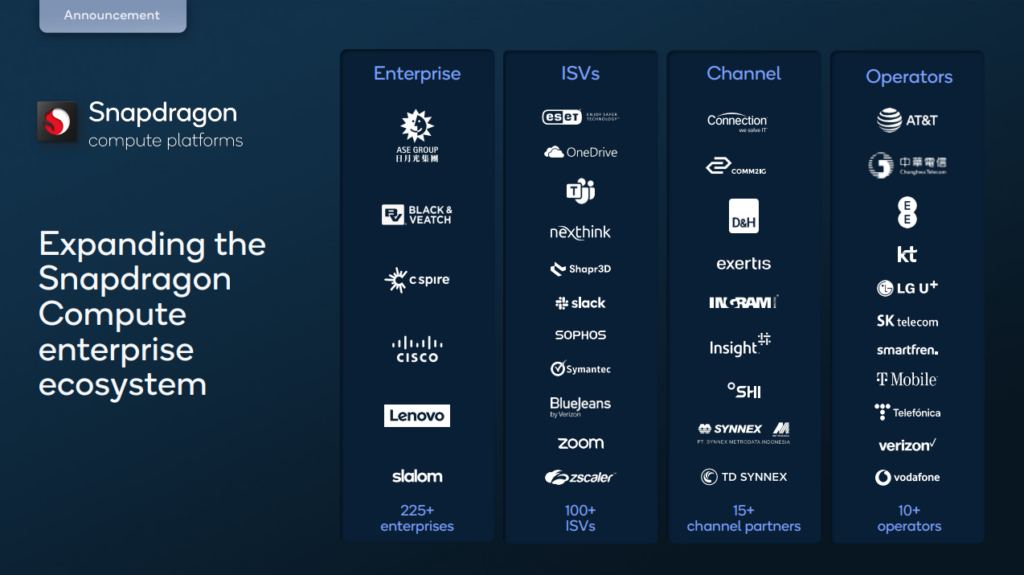Qualcomm eyes a world beyond smartphones in far-reaching MWC address

Qualcomm has revealed its ambitions outside of smartphones chipsets in a speech at MWC that touched upon 5G, cars, the metaverse, and more.
Qualcomm, the manufacturer best known for mobile chipsets such as the Snapdragon 8 Gen 1, has revealed its plans for progress in the coming years at MWC 2022, and they go go far beyond this one area of expertise. Here’s the full lowdown.
Computing
For starters, Qualcomm seems particularly keen to increase its presence in the arena of computing, particularly for business use, based on the “convergence of the PC and mobile to increase productivity, connectivity, and security from anywhere.” The manufacturer touted its potential for Arm-based PCs, with the centrepiece product being the Lenovo ThinkPad X13s, the world’s first laptop powered by the new Snapdragon 8cx Gen 3.

On the software side of things, Qualcomm has cooperated with Microsoft and over 100 key Independent Software Vendors for Windows in order to optimise its end-use, claiming that “everyday features like face detection, background blur, and audio noise suppression can be offloaded to the Snapdragon compute platform’s integrated Qualcomm AI Engine to increase power optimization and a more engaging experience.”
Automotive
Connectivity as a Service is a new feature coming to Qualcomm’s existing Car-to-Cloud system. This will provide “global connectivity on Snapdragon Telematics SOC-based NAD modules along with an API-driven developer environment, creating on-device and cloud-enhanced apps/services.”
Two collaborations to support this new feature include one with Cognizant, which will tailor the Car-to-Cloud system for automakers to provide more personalised in-vehicle experiences and better on-demand services; and another with Cubic Telecom, which provides out-of-the-box connectivity with support for bundled data and services.
In order to increase the bandwidth for these services, Qualcomm will roll out the QCA6698AQ automobile chip, which boasts Wi-Fi 6E.

Qualcomm also announced the introduction of a Telematics Application Framework into its ‘Digital Chassis’ project. The former of these is intended to simplify the development of apps by introducing APIs, thereby reducing the cost of integrating technology features such as 5G, location services, memory and security into cloud-based applications and services.
The Digital Chassis itself is described by Qualcomm as follows: “The Snapdragon Digital Chassisis comprised of a set of open and scalable cloud-connected platforms that utilize a unified architecture to support enhanced safety and immersive digital experiences that are updateable throughout the lifetime of next-generation vehicles. Automakers have the option to adopt any or all of these platforms across their line-up to offer highly customizable experiences with features that are continually upgradable via the cloud.”
5G
As it to be expected, Qualcomm has unveiled a large-scale plan centred around its future 5G capabilities.

Many of these plans focused on the radio access networks (RANs), with Qualcomm driving towards Open Virtual RANs which it claims to be more flexible, and also more efficient in terms of both energy, land use, and cost. Among other advantages, lower end-to-end latency will be supported, components can be upgraded separately, and the system can be more easily tailored to suit different needs.
On this project, Qualcomm will cooperate with the likes of Hewlett Packard, Fujitsu, Rakuten, and Mavenir.
Internet of Things
The Internet of Things is an increasingly important field of modern tech, and once again Qualcomm has grand plans in this area — mostly in industrial settings. In the demonstration (in association with Bosch), a team of robots successfully performs a complex task with precision in a factory, thanks to the 5G network that can deliver “millisecond latencies, 99.9999% reliability, and time-sensitive networking support”.








